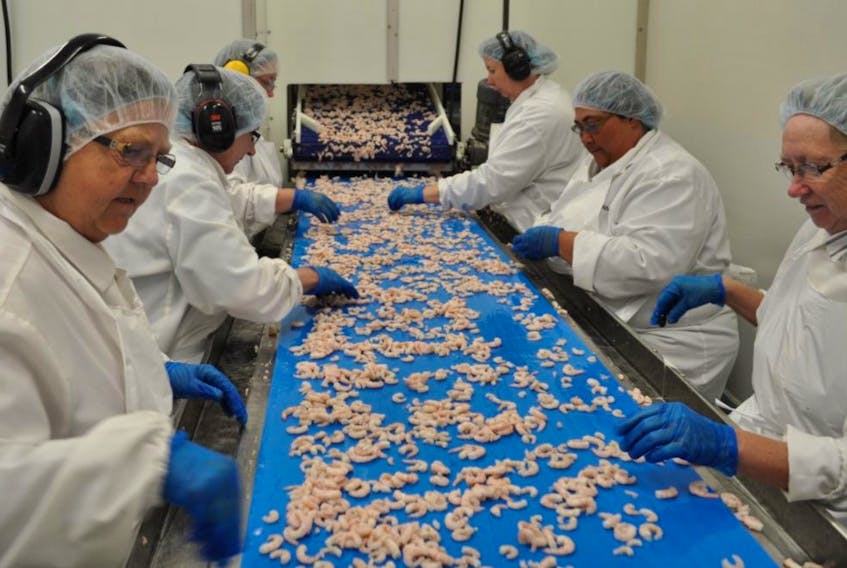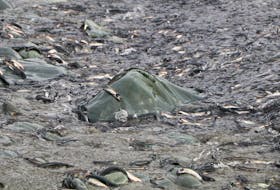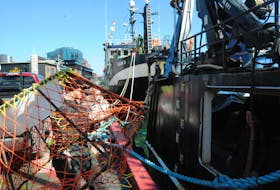If Canadian seafood companies want to sell more product to Canadian consumers, they have to target millennial households.
That was one of the messages delivered by Jo-Ann McArthur, CEO of Nourish Marketing, to the Fisheries Council of Canada (FCC) annual conference this week.
McArthur was the keynote speaker at this year’s conference, held virtually because of COVID.
She told delegates that in a survey of 20,000 Canadians by the research firm IPSOS 5, the average Canadian is eating seafood about five times a month. Nationally, she said, seafood consumption has been flat since about 2016, and baby boomers (the 55 plus group) are the most frequent purchasers.
To grow the domestic market, McArthur says, producers have to focus on the millennial market, and frozen, ready-to-eat products.
“Even pre-COVID, frozen food consumption was starting to grow because of the millennial consumer,” she said. “They are pushed for time and need products that are ready to cook and eat.”
Yet the numbers show seafood consumption among those younger Canadians has not grown as fast as it should.
McArthur’s company surveyed 2,000 young Canadians across the country asking them, among other things, to complete the sentence, “I would eat more fish and seafood if …”
Two of the take-aways from that survey, she said, is that millennials want food that is easy to prepare, and at reasonable prices.
They also say it’s important for them to know the food they are buying was produced in Canada.
Paul Lansbergen is executive director of the Fisheries Council of Canada (FCC).

He told SaltWire the seafood industry obviously needs to do more to market to Canadians, and points to the example of marketing boards and the campaigns they launched for the poultry, dairy and beef industries.
“They have marketing boards funded by the sector through a mandatory fee that every operator pays into. It’s a minor fee but everyone pays their share,” he said. “And that funds these marketing boards in the tens of millions of dollars each year.”
As a result, eggs, poultry and beef producers and their products are promoted in cross-country television and web ad campaigns.
He said the seafood industry has never done that.
“We’ve been very fragmented and we could never agree on a branding initiative, let alone a marketing campaign.”
Things are changing.
Earlier this year the Department of Fisheries and Oceans (DFO) announced funding for a marketing initiative to promote seafood to Canadian consumers.
Lansbergen said the FCC has already tapped into some of that funding.

McArthur’s market analysis, he noted, was funded by both the FCC and the CAIA with support from the federal government’s Canadian Fish and Seafood Opportunities Fund.
To follow up on the market research, said Lansbergen, both groups hope to more funding from DFO to push out a national marketing campaign in the new year.
“After three year (we hope) to have moved the needle and more Canadians will be buying locally harvested and processed seafood.”
He says part of the reason domestic consumption of seafood is not where it could be is that processors have not focused on secondary processing as much as primary processing.
“We process it into bulk boxes of flash frozen product and send it off elsewhere for secondary processing.
“We need to do more consumer-oriented packaging and retailing,” he said.
While the COVID pandemic has created many challenges in seafood production, Lansbergen said it’s also offered up a chance to develop more products for the retail market.
“During the pandemic we’ve seen some growth in fish and seafood consumption. So this is a great time to be thinking of a national marketing campaign.”
The 20-year plan
Increasing seafood consumption by Canadians is one of several goals set in a report co-produced by the Fisheries Council of Canada (FCC) and the Canadian Aquaculture Industry Alliance (CAIA), and unveiled at the FCC virtual conference this week.
The report — titled Canada’s Blue Economy Strategy 2040 — notes Canada has fallen behind globally in seafood production volume and exports.
“Only 25 years ago Canada was the top fish and seafood exporter. We are now at eight in the world,” the report states.
The FCC/CAIA report, however, offers recommendations to grow Canada’s seafood industry.

The basic focus is to accomplish three targets by 2024: double the value of Canadian seafood, double economic benefits and double domestic consumption of fish and seafood.
To meet that target the report spells out a half dozen specific actions.
For one, the report said Canada needs a specific organization to grow the seafood sectors.
“We ask that a specific seafood development agency be set up to drive the sustainable growth of the seafood sector. This could be under one single department or report to several departments, but the organization would focus on regulatory coordination, efficiency, policy planning, and public promotion,” the FCC and the CAIA state in their Blue Oceans report.
The document also asks for five-year action plans for the seafood sector, development of an aquaculture act, completion of new regulations under the Fisheries Act, establish seafood development areas through marine planning by 2025, and identify a federal department to drive the economic development aspect of the seafood industry.
Timothy Kennedy is president and CEO of CAIA.
In a press release he said increased planning and focus on the seafood sector in Canada can help stimulate economic development and job creation in coastal communities.
“Our country needs improved economic opportunities as we begin to build back better from COVID-19, and we believe our industry can lead the way with a blue recovery.”
The annual general meeting of the FCC continues into next week, with more on-line presentations by guest speakers, as the organization marks National Seafood Month.
About the Canadian Aquaculture Industry Association
The CAIA is the national association that speaks for Canadian seafood farmers, representing their interest in Ottawa and internationally. CAIA members generate over $6 billion and economic activity, $2.45 billion in GDP and employee over 25,000 Canadians in the seafood farming sector.
Source: Canadian Aquaculture Industry Association
About the Fisheries Council of Canada
The FCC is the voice of Canada's wild capture fish and seafood industry, promoting a healthy. Members include small, medium and large or size companies along with indigenous enterprises that harvest and process fish from Canada’s three oceans.
Source: Fisheries Council of Canada









